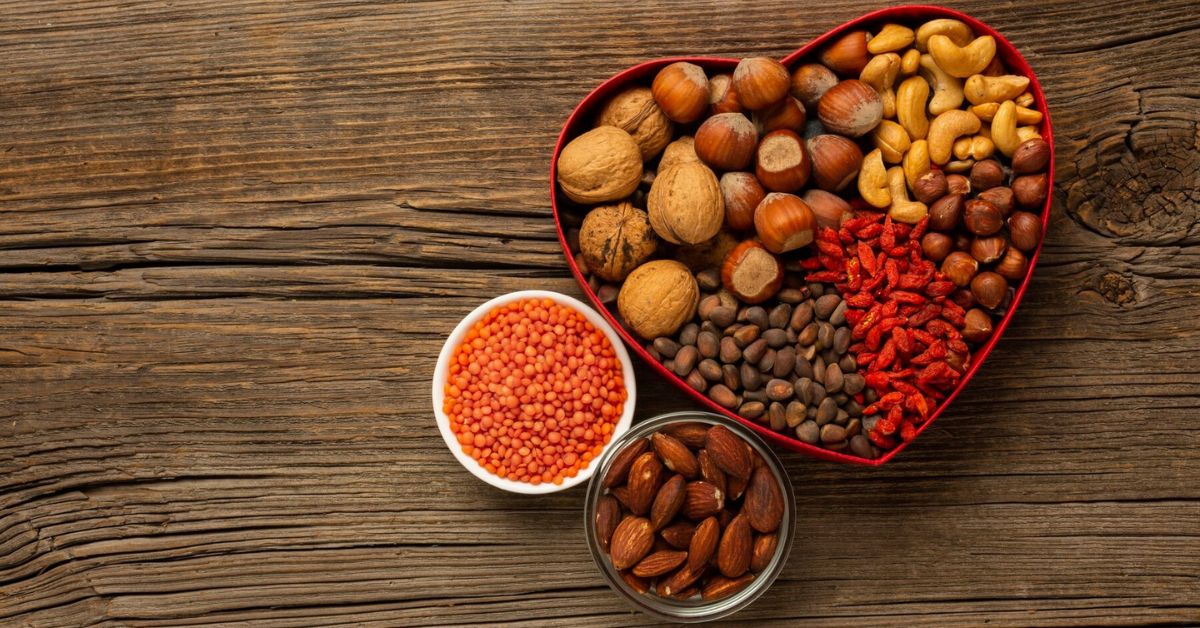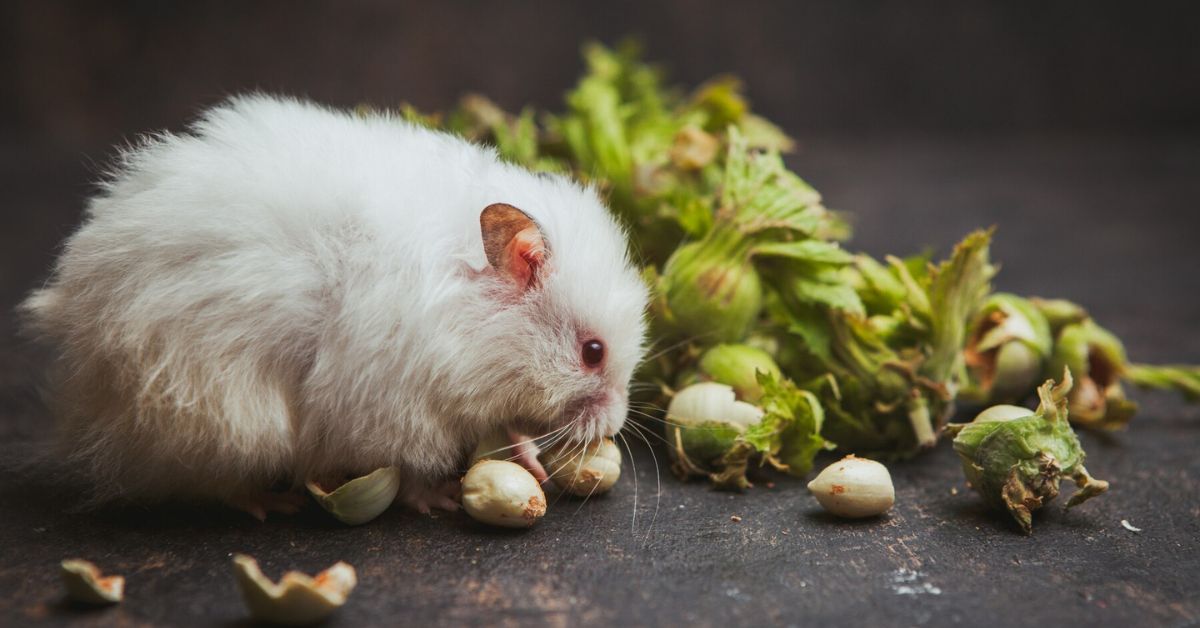In the quest for better health, natural foods and supplements have gained immense popularity. Among them, Brazil nuts and astaxanthin stand out due to their exceptional health benefits. But what happens when you combine these two nutritional powerhouses? In this article, we’ll explore the unique benefits of Brazil nuts and astaxanthin, how they work together, and how to incorporate them into your diet for optimal health.
Understanding Brazil Nuts
Brazil nuts are large seeds that grow in the Amazon rainforest. These nutrient-dense nuts are primarily harvested in Bolivia, Brazil, and Peru. Each Brazil nut tree can live for over 500 years, producing fruits that contain the prized nuts we consume.
MUST READ: MSM and B1 Combination: Unlocking Bioavailable Nutrients’ Potential
Nutritional Profile of Brazil Nuts
Brazil nuts are rich in healthy fats, protein, and essential nutrients like selenium, magnesium, and vitamin E. Just one nut can provide more than 100% of your daily selenium requirement, making it a powerful addition to your diet.
Health Benefits of Brazil Nuts
- Antioxidant Properties: Brazil nuts are high in selenium, which acts as a potent antioxidant, protecting cells from damage and reducing the risk of chronic diseases.
- Supports Thyroid Health: Selenium is crucial for thyroid function, and regular consumption of Brazil nuts can help maintain hormonal balance.
- Boosts Heart Health: The healthy fats in Brazil nuts can improve cholesterol levels and reduce the risk of cardiovascular disease.
Introduction to Astaxanthin
Astaxanthin is a red pigment found in microalgae, yeast, salmon, trout, krill, shrimp, and other sea creatures. It’s a powerful antioxidant, far stronger than vitamin C or E, and has been dubbed the “king of carotenoids.”
While you can obtain astaxanthin from consuming seafood like salmon and shrimp, it’s most commonly taken as a supplement. The highest natural concentration is found in the algae Haematococcus pluvialis.
Health Benefits of Astaxanthin
- Anti-Inflammatory Effects: Astaxanthin can reduce inflammation, which is linked to several chronic diseases.
- Improves Skin Health: This carotenoid can protect your skin from UV damage and improve skin elasticity and moisture.
- Supports Eye Health: Astaxanthin helps prevent eye strain and fatigue, and may lower the risk of cataracts and macular degeneration.
Nutritional Synergy: Combining Brazil Nuts and Astaxanthin
Complementary Nutritional Benefits
When combined, Brazil nuts and astaxanthin create a powerful antioxidant duo. Selenium from Brazil nuts boosts the production of glutathione peroxidase, an enzyme that works alongside astaxanthin to neutralize free radicals more effectively.
Both Brazil nuts and astaxanthin enhance immune function. Selenium promotes a robust immune response, while astaxanthin enhances the body’s ability to fight infections and reduces the severity of inflammatory conditions.
Astaxanthin’s neuroprotective properties, combined with the selenium in Brazil nuts, can improve cognitive function, reduce the risk of neurodegenerative diseases, and even enhance mood.
How Brazil Nuts and Astaxanthin Support Heart Health
Chronic inflammation is a major risk factor for heart disease. The anti-inflammatory properties of astaxanthin, paired with the heart-healthy fats and selenium in Brazil nuts, can significantly reduce inflammation markers in the body.
Brazil nuts contain healthy monounsaturated and polyunsaturated fats, which help lower bad cholesterol (LDL) and increase good cholesterol (HDL). Astaxanthin further supports heart health by preventing the oxidation of LDL cholesterol, a key factor in the development of atherosclerosis.
Incorporating Brazil Nuts and Astaxanthin into Your Diet
Raw and Roasted Nuts
The simplest way to enjoy Brazil nuts is by eating them raw or roasted. They make a great snack or can be added to salads and desserts for extra crunch and flavor.
Brazil Nut Milk and Butter
Nut milk is a delicious alternative to cow’s milk and can be used in smoothies, coffee, or cereal. Brazil nut butter is another nutritious option, perfect for spreading on toast or adding to recipes.
Using Brazil Nut Oil
Brazil nut oil is excellent for drizzling over salads or using in cooking. It has a mild flavor and is packed with healthy fats and nutrients.
How to Take Astaxanthin Supplements
For general health, a daily dose of 4-12 mg of astaxanthin is recommended. Athletes or individuals with specific health goals might benefit from higher doses, but it’s best to consult a healthcare professional.
Look for astaxanthin supplements derived from natural sources like Haematococcus pluvialis algae. Ensure that the product is free from fillers and artificial additives for the best results.
Astaxanthin is generally safe, but high doses may cause stomach discomfort or a harmless reddening of the skin. Always start with a lower dose and increase gradually.
Potential Risks and Considerations
While Brazil nuts are incredibly healthy, overconsumption can lead to selenium toxicity, causing symptoms like hair loss, digestive issues, and nervous system problems. Limit your intake to 1-2 nuts per day to stay within safe levels.
Interactions with Medications
Both Brazil nuts and astaxanthin can interact with certain medications, such as blood thinners and immunosuppressants. It’s important to consult your healthcare provider before adding them to your regimen, especially if you have existing health conditions or are taking medication.
Conclusion
Combining Brazil nuts and astaxanthin in your diet offers numerous health benefits, from enhanced antioxidant protection and immune support to improved heart and brain health. Their complementary properties make them a valuable addition to any wellness plan.
Final Thoughts on Optimal Health
By incorporating these two powerful natural substances into your daily routine, you can take proactive steps toward better health and well-being. Remember to consume them in moderation and consult with a healthcare professional to optimize their benefits.
FAQs
1. How many Brazil nuts can I eat in a day?
It’s generally recommended to consume 1-2 Brazil nuts per day. This amount provides sufficient selenium without risking toxicity. Since they are high in calories and fats, moderation is key to enjoying their health benefits without overdoing it.
2. Is it safe to take astaxanthin daily?
Yes, astaxanthin is safe for daily consumption. A typical daily dose ranges from 4 to 12 mg. However, it’s wise to consult with a healthcare provider, especially if you are pregnant, nursing, or taking medications.
3. Can Brazil nuts help with weight loss?
Brazil nuts can be beneficial for weight management due to their healthy fat content, which promotes satiety. However, due to their high-calorie count, it’s essential to monitor portion sizes. Incorporating them into a balanced diet can support weight loss goals.
4. Are there any side effects of taking astaxanthin?
Astaxanthin is generally well-tolerated, but some individuals may experience mild side effects such as digestive discomfort or skin discoloration. It’s best to start with a lower dose to assess your tolerance.
5. Can I take Brazil nuts and astaxanthin together?
Absolutely! Taking Brazil nuts and astaxanthin together can enhance their health benefits. They work synergistically to provide powerful antioxidant support and promote overall health. Just be mindful of your overall intake, particularly with Brazil nuts.
READ MORE: CLICK HERE





